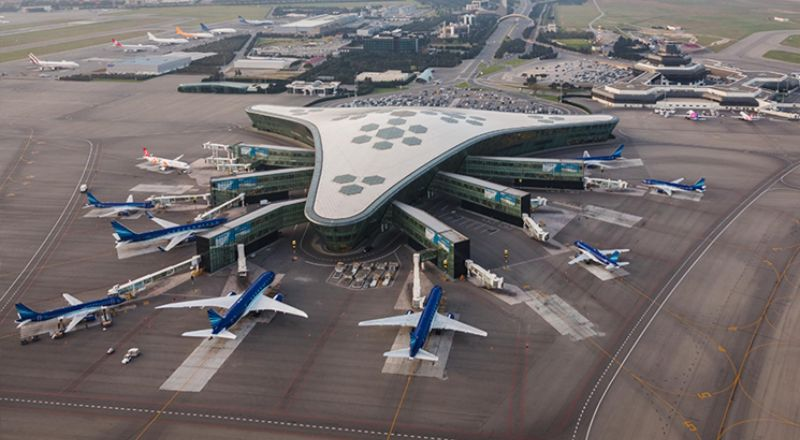Dubai Airport CEO Paul Griffiths announced plans to replace Dubai International Airport (DXB) due to escalating passenger demand.
With projections nearing 120 million passengers annually, DXB’s maximum capacity will soon be reached, necessitating a new, larger airport by the 2030s.
Projected Figures and Current Capacity:

DXB is expected to handle 86.8 million passengers in 2023, surpassing pre-pandemic 2019.
While currently capable of managing 100 million passengers annually, DXB’s innovations and optimizations might expand its capacity to 120 million.

Griffiths highlighted plans for the design phase of the mega-airport, emphasizing its necessity to surpass the capabilities of DXB. The project’s timeline spans into the 2050s, reflecting a long-term perspective.
Innovative Design and Modular Approach:
The new airport aims to adopt a modular structure rather than traditional terminal-based models, prioritizing flexibility and scalability for future expansions.
Griffiths envisions a customer-centric approach, eliminating legacy processes for a more intimate airport experience.
DXB, witnessing its highest quarterly traffic since 2019, recorded 22.9 million passengers in the third quarter of 2023, marking a 39.3% increase compared to 2022 and surpassing 2019 figures by 1%.
The UAE’s aviation sector, buoyed by successful pandemic management, reflects robust growth.
Tourism Sector Success:
Dubai’s tourism sector achieved a milestone with 12.45 million international visitors in the first nine months of 2023, a 23% increase year-on-year, surpassing the 2019 record.
Confidence in the UAE’s leadership and economy contributed to this success.
Griffiths expresses optimism about surpassing pre-pandemic milestones ahead of schedule.
In collaboration with strategic partners, Dubai Airports remains poised to meet escalating traffic demands while maintaining high guest satisfaction levels.














